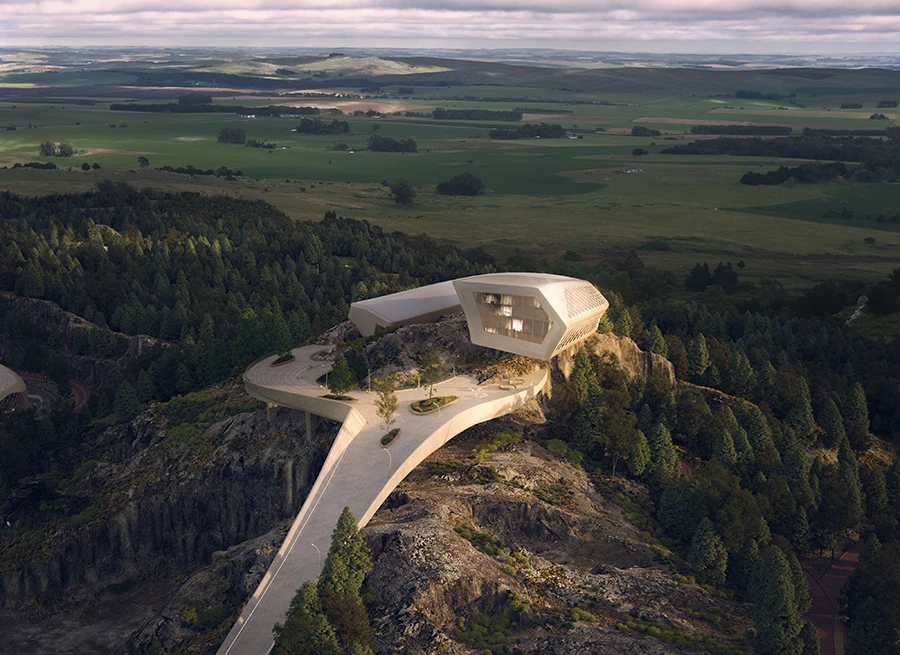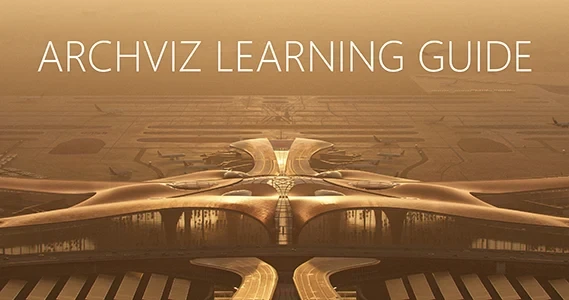Realism in Architectural Visualization – What Does It Really Mean?
Realism in architectural visualization is more than technical accuracy — it’s about emotion, atmosphere, and the subtle imperfections that make a space feel alive. When we talk about realism, we’re not simply trying to reproduce reality pixel by pixel. We’re trying to make the viewer believe that what they see could exist, even if it doesn’t yet.
1. Lighting – the foundation of realism
Nothing defines realism more than lighting. The way light interacts with materials, fills the space, and bounces off surfaces creates the illusion of depth and presence. Photorealistic renders always have a balance between soft and hard shadows, a natural color temperature, and believable reflections. Use HDRI environments, pay attention to light direction, and don’t be afraid of a little imperfection — real light is rarely perfect.
2. Materials and micro-details
Materials should not only look correct but also behave correctly under light. Real-world surfaces have roughness variations, fingerprints, dust, scratches, and subtle dirt that makes them authentic.
A perfect material without these micro-imperfections looks sterile and computer-generated. Adding subtle details in your shaders can transform a technically good render into something that feels tactile and human.
3. Camera behavior and perspective
Real cameras have flaws — chromatic aberrations, lens distortion, depth of field, and noise. Emulating those flaws helps break the “CG look.”
Avoid overly wide angles and unnatural perspectives. Think like a photographer: frame the image as if you were standing inside the space, looking for the right composition rather than a technical showcase.
4. Atmosphere and storytelling
Even the most realistic model will feel lifeless if it lacks atmosphere. A small hint of human presence — a coffee mug, a half-open book, a ray of sunlight catching dust in the air — can completely change how we read the image.
Realism is not about modeling every detail but about suggesting life and context.
5. Post-production and artistic direction
Post-processing is where the image comes to life. Color grading, contrast, vignetting, and subtle film grain tie everything together and create a photographic feel.
But remember — good post-production enhances realism, it doesn’t hide flaws. The goal is to make the viewer forget they’re looking at a render.

Realism in architectural visualization isn’t just a technical goal — it’s an artistic pursuit. It’s about evoking the same emotional response that a photograph of a real space would create.
True realism lies not in perfection, but in imperfection — the warmth of light, the softness of materials, and the small details that whisper: this place could be real.

Top Architectural 3D Rendering Companies to Consider in 2025
How to Calculate the Cost of Archviz Rendering Services
How Much Does Interor 3D Visualization Cost: 10 Key Factors
3d Rendering Services Contract Sample | FREE
10 Best Tips to find Clients for Rendering Services

Latest Discussions
This is simply amazing. I am in love with this atmosphere.
Thank you so much!! 
Beautifully composed scene! The sense of depth and lighting are just perfect. ✨
Harika bir sahne kurgusu! Derinlik ve ışık kullanımı mükemmel. ✨
Great list! I’ve been following Arch Viz Artist (AVA) for a while — their tutorials are top‑level. Discovered a few new favorites here too. Thanks for such a helpful compilation!
Great list. I am Abdullah from 7CGI. I would expect the list to have "Neoscape" in it, though. It's always interesting to see how studios around the world are pushing the boundaries of architectural visualization. We recently published a list in a more comprehensive and entertaining manner, highligh














This is simply amazing. I am in love with this atmosphere.